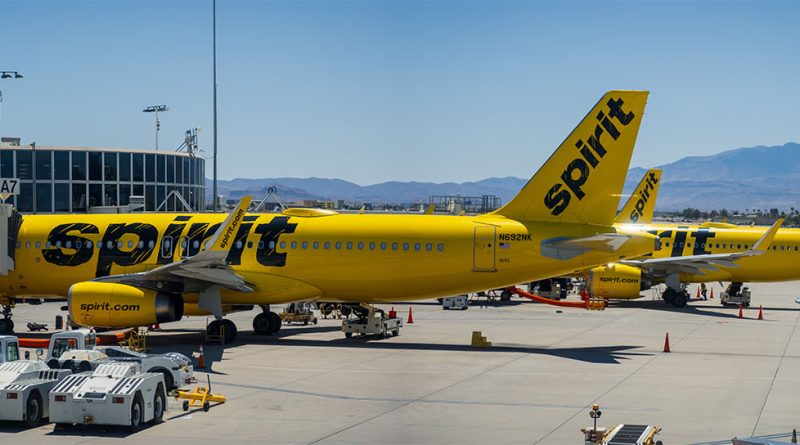Spirit Airlines works to steady itself after turbulent year
Subscribe to our free newsletter today to keep up to date with the latest manufacturing news.
Spirit Airlines is running out of room to maneuver. After exiting Chapter 11 earlier this year, the carrier has warned investors that there is substantial doubt it can stay in business over the next 12 months. That blunt assessment underscores how fragile the ultra-low-cost model has become in a market where big airlines now match bargain fares and leisure demand has softened.
What the warning really signals
Substantial doubt is not a prediction of imminent liquidation. It is an accounting and legal threshold that tells investors the plan on the table does not yet close the liquidity gap for the coming year. Spirit has already taken painful steps to get there. Capacity has been trimmed, schedules rebuilt, and pilots notified of furloughs to align staffing with a smaller operation. Those moves point to a strategy focused on conserving cash while trying to stabilize unit revenues and on time performance.
Why the math is hard to fix
The carrier has not posted consistent profits since before the pandemic era travel reset. A model built on dense seating, high aircraft utilization and fee revenue is exposed when demand shifts or when rivals can undercut on base fares. Fuel prices and maintenance schedules add volatility that a thinner balance sheet struggles to absorb. Spirit has floated options that include selling assets to raise cash, a step that can buy time but risks shrinking scale in ways that hurt future competitiveness. The stock market reaction was swift with shares sliding after the disclosure as investors priced in higher risk.
What happens to travelers
For now, tickets remain valid and flights continue to operate. Network rationalization means some routes are disappearing and frequencies are lower, which pushes price sensitive passengers toward Frontier, Sun Country, Breeze or basic economy products at the majors. In the near term that shift can keep domestic fares from falling too far even as demand cools. The competitive map will hinge on whether Spirit can keep aircraft flying efficiently without deep discounts that drain cash faster than the plan anticipates.
The merger question
Spirit has resisted the idea that its future must be inside a larger airline, yet industry logic keeps circling back to consolidation. An eventual deal would face the same antitrust scrutiny that derailed the JetBlue bid, but regulators evaluate real time market conditions and remedies can evolve. Until a buyer emerges with a credible plan, Spirit must prove that a smaller and more focused standalone airline can sustain operations without further destabilizing the network.
The next stage will depend on whether the current measures can strengthen the business enough to maintain its place in the market.
Sources
